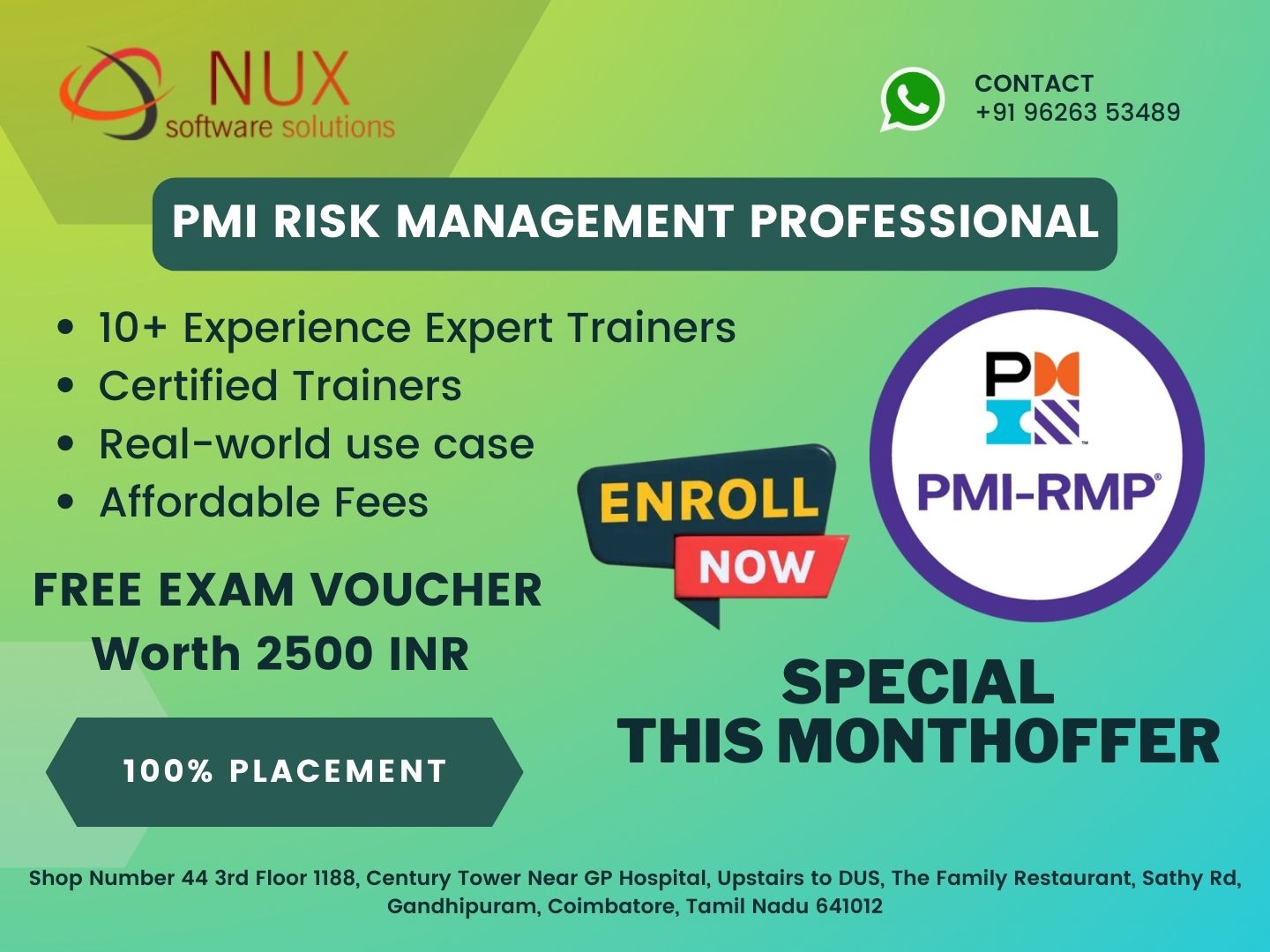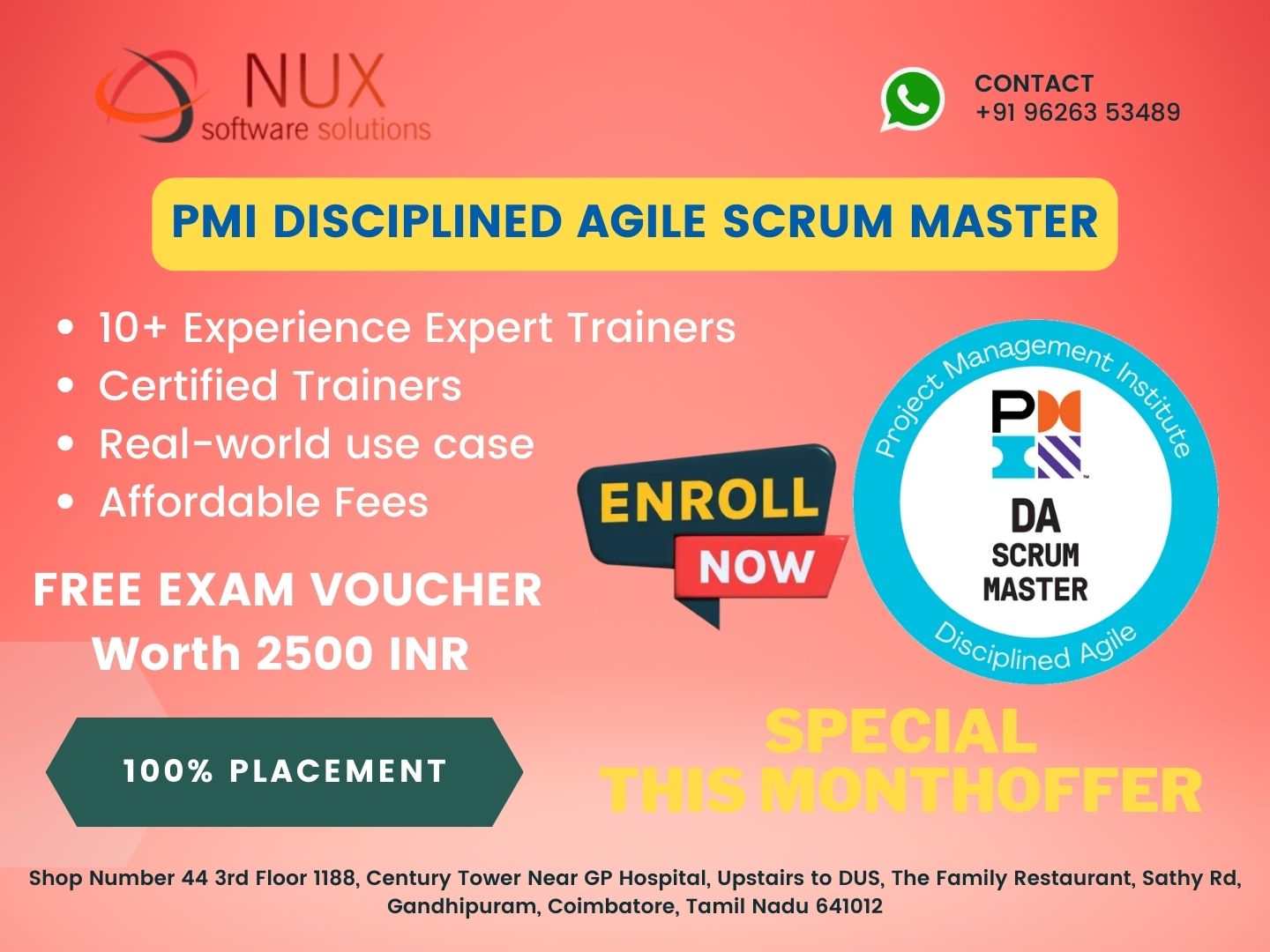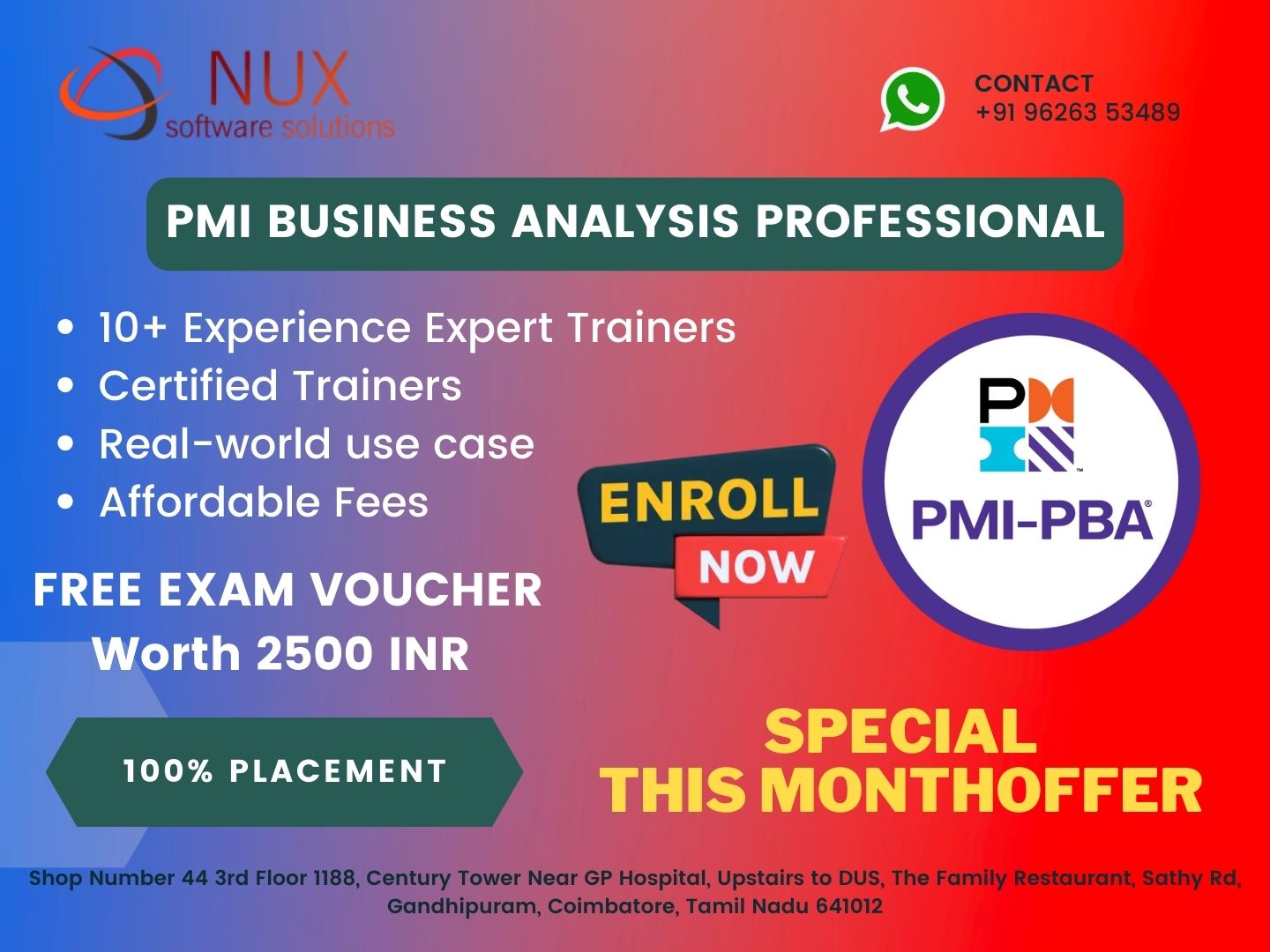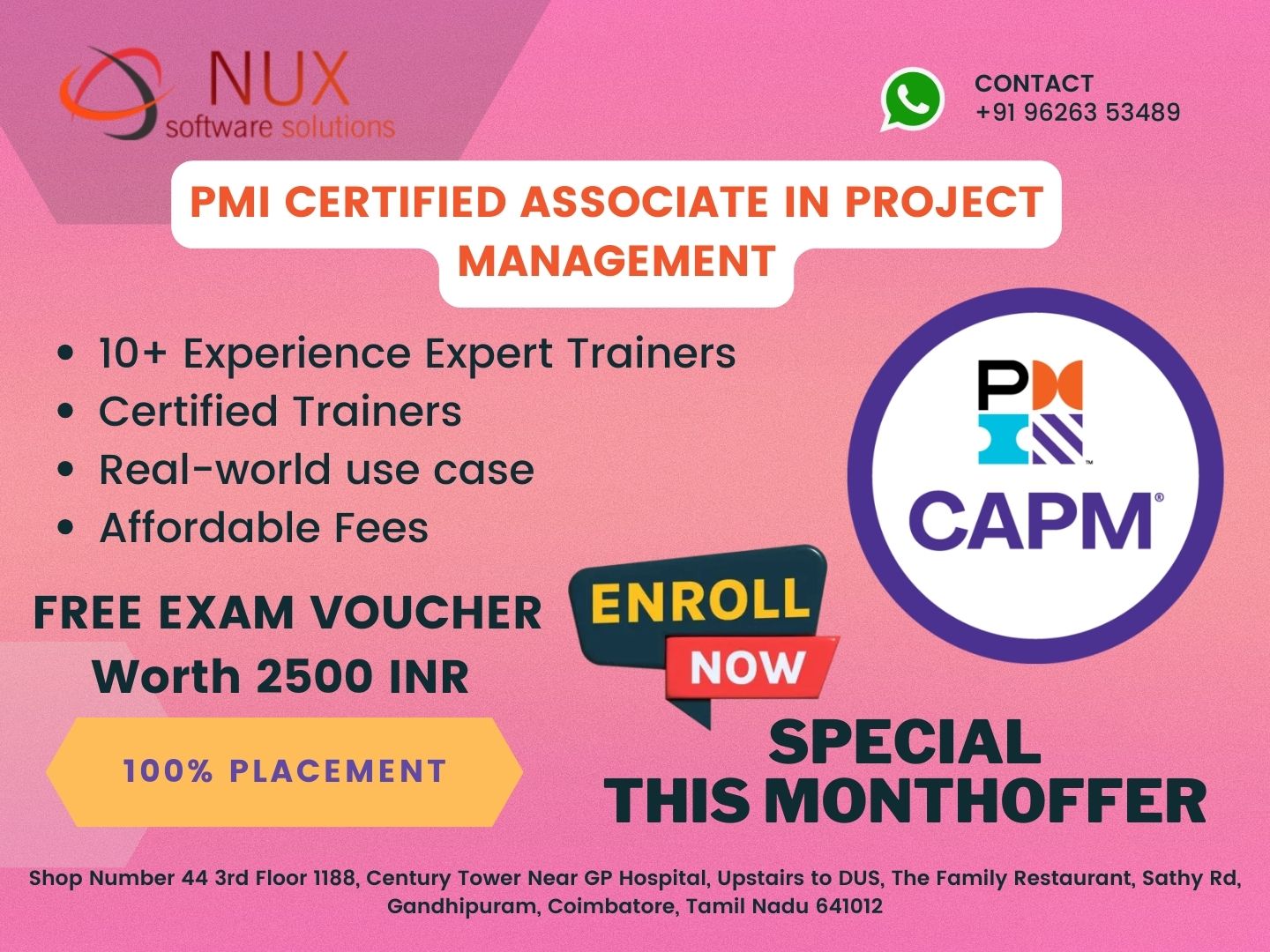PMI Risk Management Professional


Nux Software Solutions: PMI Risk Management Professional
Understanding the PMI RMP Certification
The Project Management Institute (PMI) offers a specialized certification, the Risk Management Professional (RMP), designed to equip professionals with the advanced knowledge and skills necessary to effectively manage project risks. This certification is a testament to an individual’s expertise in identifying, assessing, prioritizing, and responding to potential threats that could impact project objectives.
The Importance of Risk Management in Projects
Risk is an inherent part of every project. Effective risk management is crucial for project success as it helps to:
- Identify potential threats: Proactively uncover potential risks that could derail the project.
- Assess risk impact: Evaluate the potential consequences of each risk.
- Prioritize risks: Determine which risks require immediate attention.
- Develop response strategies: Create plans to mitigate, transfer, accept, or avoid risks.
- Monitor and control risks: Continuously track and manage risks throughout the project lifecycle.
Benefits of Obtaining the PMI RMP Certification
Earning the PMI RMP certification demonstrates a high level of proficiency in risk management and offers numerous advantages, including:
- Enhanced career prospects: Validate your expertise and open doors to leadership roles.
- Increased earning potential: Command higher salaries and better job opportunities.
- Global recognition: Gain credibility and respect within the project management community.
- Improved project outcomes: Apply advanced risk management techniques for successful projects.
- Strategic decision-making: Make informed decisions based on a thorough understanding of risks.



